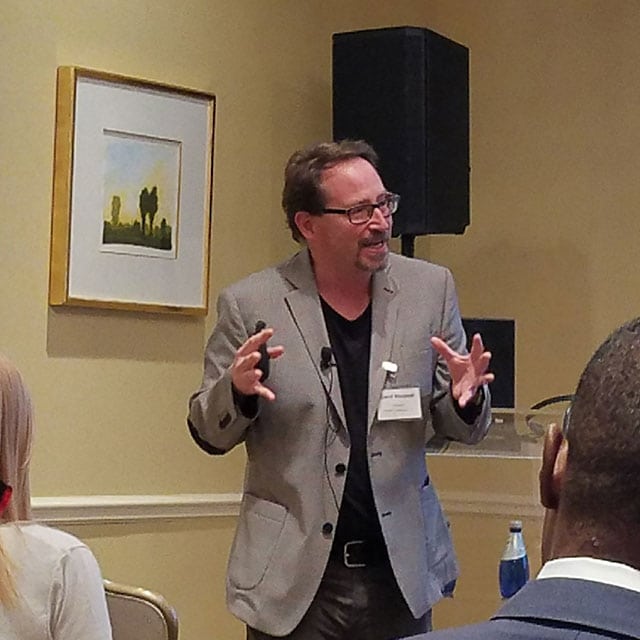June 8, 2018 by George Levy for Bitsonline originally posted at
According to a release by genealogy and DNA testing service MyHeritage, user details for more than 92 million accounts were discovered in a private server. Although no user DNA information was found in the leaked data, the MyHeritage hack discovered by an outside security researcher highlights the current vulnerabilities in the way many private records are stored on the Internet, and how sensitive information such as genomic data can potentially fall into the hands of hackers.
Bitsonline interviewed EncrypGen CEO Dr. David Koepsell about the issues of data privacy and security. Read the full story at https://bitsonline.com/myheritage-hack/
Can Blockchain Help Secure Genomic Data?

One company, EncrypGen, is working on a blockchain-based solution. We spoke with David Koepsell, JD, PhD, CEO and Co-Founder of EncrypGen, to discuss how blockchain can be used to enhance the security and privacy of genetic data.
Dr. Koepsell explains, “We feel that genomic data should be kept private and safe, and that people should be able to maintain and take control of that data and its use.”
“The idea behind putting genomic data under a blockchain, and being able to control who gets access and how you get paid for its use really involves these dual questions of privacy and security as well… Genetic data can reveal stuff about yourself that you don’t necessarily want others to know.”
EncrypGen’s team includes Co-Founder and Genomic Science Advisor Vanessa Gonzalez Covarrubias, Ph.D, a specialist in Pharmacogenomics, an area of science which analyzes how a person’s genes can affect their response to different drugs.
How Blockchain Can be Used to Help Protect Genomic Data
During our interview, Dr. Koepsell stated that it is EncrypGen’s view that genomic data itself should not sit on a public blockchain due to two potential problems: Read the full story here.
Images via Pixabay, Depositphotos, and EncrypGen

